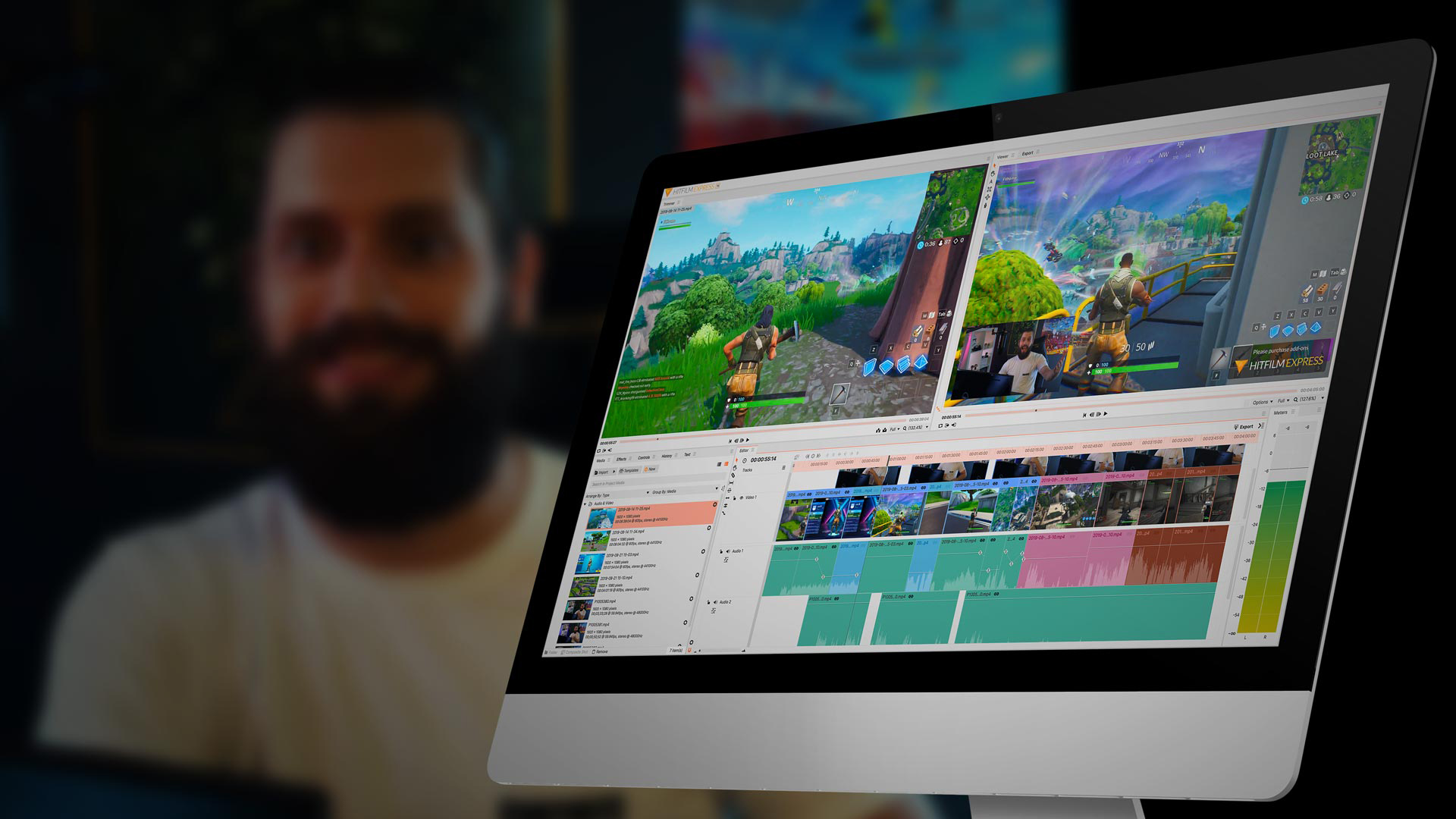

This is why horror films will quite often have this kind of framing, where people are creeping through a haunted house. The fact that there's no space here and there's lots of empty space behind me creates a kind of nervous framing. Are you trying to partake information directly to the audience, in which case, you want to be fairly central and looking at the camera? Or is it more of an exploration of a subject, in which case, you might have several people talking around different points, like this? Now, one thing to bear in mind is that you don't want to accidentally frame up this way 'round, because the lack of space between my face and the edge of the frame makes for uncomfortable viewing. So, these are both completely valid ways to shoot people, but it depends what kind of impression you're trying to give. This is very different than more a direct form of communication where I look into the lens. This gives the impression that I'm actually interacting with a third party that we currently can't see. For a start, I'm off to the side of the frame, and I'm looking over here, past the camera to something behind.


Note how the framing is slightly different this time. And then, on the other hand, you have the second way of doing this, which is the interview mode. It's a very direct, one-to-one conversation between me and you. Notice how I'm looking straight into the camera. Much like I'm doing in these videos, talking to you. This is where you're the narrator, and you're giving information directly to the audience. There are two ways of filming people that you're likely to be using, depending on the type of project that you're working on. The rule of thirds works for stills as well as videos, so just grab your nearest camera and go and do a few tests, lining up shots according to the rule of thirds and see how it helps you determine where to put your camera and where to point it. It ends up filling the frame in a much more visually-satisfying manner. So, for this shot, instead of featuring the cathedral right in the middle, I'll reframe into the natural lines and feature points in the shot, aligned with the rule of thirds guides.

A tendency we all have, whether we're taking photos or shooting videos, is to position our subject dead center in the frame, with lots of space around the edges. This is a technique for mentally slicing up your frame. So, in terms of framing, the first thing we want to cover is something called the rule of thirds. There are entire courses dedicated to cinematography, so we can't hope to even scratch the surface here, really, but what I'm going to do is focus in on the absolute essentials that you need to know in order to make your videos look good. You can even get tripods specifically for phones. Handheld footage can look good if you know exactly what you're doing, but if you want your work to look professional, if you want to build a setup pretty much anywhere, getting a tripod can be a really really good investment. Now what? Well, if you're going to invest in one other piece of equipment, make it a tripod.


 0 kommentar(er)
0 kommentar(er)
